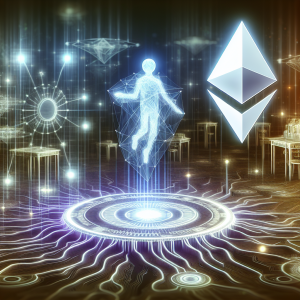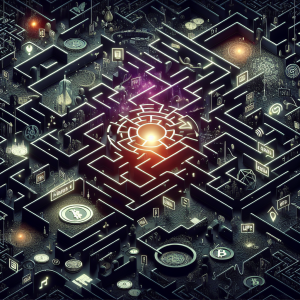What is IOTA?
Bitcoin monopolised headlines and valuations, yet a lesser known cryptocurrency, IOTA, recently multiplied in price. One month ago, IOTA, a coin designed for Internet of Things transactions, traded at $0.35 and held a market valuation below one billion dollars.
At 21:09 UTC on Wednesday, the price reached $4.17 and the total market capitalisation stood at $11.6 billion. During the past week, IOTA displaced Ripple to rank fourth among the most traded cryptocurrencies. In a CNBC interview, co founder David Sonstebo called the project a âsleeping giant.â
The following primer outlines IOTA.
In a blog post that detailed the road map, David Sonstebo, co founder of the cryptocurrency, stated that the protocol was built to accelerate the transition to the Internet of Things by establishing a de facto standardised âLedger of Everything.â In plain terms, the cryptocurrency allows sensor equipped machines within the Internet of Things to exchange data.
IOTA abandons the conventional blockchain architecture adopted by most cryptocurrencies - it substitutes a platform named Tangle, which relies on a mathematical construct called a Directed Acyclic Graph. Each node in the DAG Tangle must validate two prior transactions before its own transaction gains acceptance. The design eliminates miners as transaction validators - removing a bottleneck that appears when transaction volume or speed rises. The network's throughput scales in direct proportion to user count.
IOTA imposes no transaction fees. The protocol asserts that it has resolved scaling issues, such as network delays caused by block congestion, that affect bitcoin.
IOTA intends to streamline transactions and processes that involve sensor bearing objects. A vending machine equipped with IOTA dispenses soda without the transaction cost or latency associated with bitcoin.
A more sophisticated scenario appears on the Redditchain. A consumer scans the code printed on the underside of a milk carton and arranges doorstep delivery from Amazon - paying with IOTA funds. Bitcoin cannot support such a use case because of its elevated transaction costs and network delays.
Consultancy firm Bain projects that the IoT market will reach $470 billion by 2020. Through the IOTA Foundation, a German non profit that governs the cryptocurrency, IOTA occupies an early position in the sector. The foundation has signed agreements with Cisco Systems Inc. and Samsung Electronics Ltd. to build a data marketplace that can later generate revenue. IOTA has also partnered with Innogy, an energy company.
Kerstin Eichmann of Innogy stated: âA machine will pay for its assembly, its maintenance, its energy along with its liability insurance by supplying data - computing power, storage, or physical services to other machines.â The network effect of these partnerships is expected to expand adoption of IOTA and nanotransactions on its platform. At the close of 2016, IOTA reported that it had processed more than three million transactions on its network.
The Internet of Things remains a fashionable term, yet a sensor saturated future of autonomous machines has not arrived. IOTA remains a protocol under active development, and its designers continue to correct flaws. The MIT Media Lab recently identified a security vulnerability in Tangle. According to the MIT team, the IOTA protocol's hash function, Curl, produced collisions - distinct inputs that yield identical hash outputs.
Neha Narula, director of MIT's Digital Currency Initiative, stated: âOnce we developed our attack, we found collisions on commodity hardware within minutes and forged signatures on IOTA payments.â

